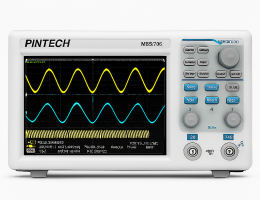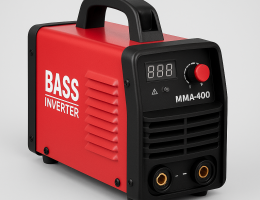HD3840UA is a type of high-density polyethylene (HDPE) specifically formulated for rotational molding applications. Here’s a comprehensive look at its key characteristics, production process, advantages, and applications:
Key Characteristics:
- High Density: HD3840UA boasts a high density, translating to good strength, stiffness, and dimensional stability for the final molded products.
- Linear Medium-Density Polyethylene (MDPE): While often referred to as HDPE, some resources classify HD3840UA as MDPE due to the presence of a comonomer (typically 1-butene) that slightly reduces density compared to pure HDPE. This modification offers some advantages:
- Improved Impact Strength: Compared to regular HDPE, the presence of the comonomer can enhance impact resistance, making the molded products more resistant to cracking or breaking under stress.
- UV Stabilized: HD3840UA typically comes with UV stabilizers added during production. This enhances its resistance to degradation from ultraviolet light exposure, extending the lifespan of products used outdoors.
- Good Processability: Despite its high density, HD3840UA generally exhibits good flowability during rotational molding, allowing for efficient production of complex shapes.
- Whiteness and Surface Finish: HD3840UA often offers good whiteness and a smooth surface finish, making it suitable for applications where aesthetics are important.
Production Process:
The production process for HD3840UA follows these general steps:
- Ethylene Monomer Production: Ethylene, the building block for polyethylene, is derived from natural gas or petroleum.
- Comonomer Selection: A comonomer, like 1-butene, is chosen to introduce some branching into the polyethylene chain, influencing the final properties.
- Polymerization: Ethylene and the comonomer undergo a polymerization process where they link together to form long polyethylene chains with the desired density and branching characteristics.
- Addition of Additives: During or after polymerization, UV stabilizers and other additives might be incorporated to enhance specific properties like UV resistance and processability.
- Extrusion and Pelletization: The molten polyethylene is extruded into pellets, the final form used for rotational molding.
Applications:
HD3840UA’s properties make it a popular choice for rotational molding applications across various industries. Here are some prominent examples:
- Large Containers and Tanks: Due to its strength and durability, HD3840UA is used for manufacturing large containers and tanks for various purposes, including:
- Storage tanks: For chemicals, water, and other liquids
- Waste collection bins: Large bins for industrial or municipal waste collection
- Septic tanks: Durable and chemical-resistant septic tanks for wastewater treatment systems
- Material Handling Products: Its good impact resistance makes it suitable for manufacturing:
- Pallet boxes for transport and storage
- Industrial drums for containing and transporting various materials
- Marine Applications: The UV resistance and durability of HD3840UA can be beneficial for:
- Boat fenders and buoys
- Kayaks and canoes (in some cases)
Advantages:
- High Strength and Stiffness: Provides robust and dimensionally stable molded products.
- Improved Impact Resistance: Offers better resistance to cracking and impact compared to regular HDPE (depending on the specific grade).
- UV Resistance: Suitable for outdoor applications due to its UV stabilization.
- Good Processability: Allows for efficient rotational molding of complex shapes.
- Whiteness and Surface Finish: Creates aesthetically pleasing molded products.
- Recyclable: Can be recycled into new products (typically under recycling code #2 HDPE), but local infrastructure might affect its actual recyclability.
Things to Consider:
- Strength Variation: Within the HD3840UA designation, there might be slight variations in properties depending on the specific manufacturer and grade. Consulting technical datasheets is crucial for selecting the most suitable material for an application.
- Temperature Resistance: While suitable for most applications, HDPE has a lower melting point compared to some engineering plastics.
- Rotational Molding Limitations: The design of the molded product needs to be compatible with the rotational molding process.
In Conclusion:
HD3840UA is a workhorse material in the rotational molding industry. Its combination of high density, improved impact resistance, UV resistance, and good processability makes it ideal for manufacturing large, robust, and often aesthetically pleasing containers, tanks, and other products across various industrial and consumer applications.



